“The only pagan contamination in Israel was among the very rich, inspired by self-interest or snobbery, and there were not many of these” (Daniel Rops, Jesus and his Times. 1954, p.408)
And was it always said that the manner of Jesus' death was crucifixion? Apparently not. Here is what is written in Baraitha Bab. Sanhedrin 43a:
On the eve of Passover Yeshu was hanged. For forty days before the execution took place, a herald went forth and cried, "He is going forth to be stoned because he has practiced sorcery and enticed Israel to apostasy. Any one who can say anything in his favour, let him come forward and plead on his behalf." But since nothing was brought forward in his favour he was hanged on the eve of the Passover! - Ulla retorted: Do you suppose that he was one for whom a defence could be made? Was he not a Mesith [enticer], concerning him Scripture says, Neither shalt though spare, neither shalt thou conceal him? With Yeshu however it was different, for he was connected with the government for royalty [i.e., influential]. Our Rabbis taught: Yeshu had five disciples, Matthai, Nakai, Nezer, Buni, and Todah.
How was Jesus connected with the Government?
King Hezekia encouraged by prophet Isaiah restored the celebration of the Passover and destroyed the “brazen serpent” crafted long-ago by Moses in the wilderness which had become an object of idolatrous worship.
The Gnostic Jesus asks Nicodemus, a ruler of the Jews (John 3: 14): “And as Moses in the desert lifted the serpent on the pole, the Son of Man must be lifted up. That whosoever believeth in him should not perish, but have eternal life”. True, Moses set a “fiery serpent upon a pole” in order to calm panic of the people bitten by fiery serpents” (Num. 21:8). Obviously, this episode of the brazen serpent matches that of the Golden Calf and both events confirm that the Jews who left Egypt were still attached to the symbols of the Egyptian religion that they must have professed during centuries of their bondage. The brazen serpent called Nehushtan continued to be venerated by the people until it was destroyed by King Hezekiah (2 Ki 18.4). But Jesus seems not to have known that or simply ignored the fact of destruction of the pagan religious symbol. His mindset reminds strongly the mindset of Pope Pius II who believed that the Roman Empire had fallen because the scholars had deserted paganism for the Papacy. A pre-Christian relief from Cyprus shows a combination of serpents, crosses and swastikas. Recall that Philistines (or Palestinians according to KJV) came to Egypt and Canaan from the Mediterranean islands. The Capernaum “synagogue” which, according to the Gospels, was built by a Roman officer and was used by Jesus to preach, had the walls adorned with the perennial solar symbol, swastika.In 167 BC Hellenized Jews cooperated with Antiochus IV to sacrifice pigs to Dionysus in the Temple of Jerusalem.
A strange but related story is told in Acts 28:1-6; in this story the apostle Paul is visiting the 9-mile-long island Melita (Malta), a center of serpent-soul worship beneath the southern tip of Italy. The underworld of the gods, it was claimed, was accessed from this island. Paul is bit by a serpent or viper, “which came out of the heat and fastened on his hand” (similarly the golden calf came out of the heat). But Paul shook off the beast into the fire, and felt no harm. The Maltese said he was a god.
This collaboration with the Herodians and their political tool the Sanhedrin to promote the faith in immortality was what the Romans needed in order to continue the occupation of Judea. Everywhere attention to Rome and the real situation in Palestine were deflected to otherwordly concerns. The New Testament seems to be a sort of fairytale situated in a very bloody, turbulet time.
Can you imagine the better pro-Roman propaganda that the one preached in the Sermon on the Mountain: “Ye have heard that it hath been said (Lev. 19:18), Thou shalt love thy neighbor, and hate thine enemy. But I say unto you, Love your enemies, bless them that curse you, do good to them that hate you, and pray for them which despitefully use you, and persecute you; that ye may be the children of Your Father who is in heaven: for he makes his sun rise on the evil and the good, and sendeth rain on the just and on the unjust' (Mt. 5:43-45). The passage quotes Lev 19.18, 'love your neighbor as yourself', and then it attributes to others the reverse, 'hate your enemy'. The second half is not a quotation from the Bible.
The impression that Jesus was a poor man, and even homeless is supported by the Gospel of Matthew (8:20) where Jesus says about himself: “The foxes have holes and the birds of the air have nests, but I (the Son of man) hath not where to lay his head.” The inspiration for this verse is very revealing. 130 years before Christ Tiberius Gracchus such a thought for the whole proletariat of Rome: “The wild beasts of Italy have their holes and their lairs, in which they rest, but the men that fight and die for Italy's power have nothing but air and light, because this they can not be robbed of. They roam with their wives and children without house and home.” Interestingly, a early Christian mosaic depicts Jesus wearing uniform of a Roman legionary.
Let me remind in this contxt the pertinent observation by Karl Kautsky in his Foundations of Christianity: “Compare the sermon on the Mount in Luke and in matthew, which is later. In the first it is still a glorification of the poor and a damning of the rich. By Matthew's time this had become a touchy subject for many Christians, and the Gospel acxcording to Matthew boldly turns the poor who are blesed into the poor of spirit (simpletons), and leaves the damning of the rich out altogether.”
Who Pays the Piper Calls the Piper's tune
“For unto every one that hath shall be given, and he shall have abundance; but from him that hath not shall be taken away even that which he hath. Cast ye unprofitable servant into outer darkness: there shall be weeping and gnashing of teeth.” (Mt 25: 14-30) This excellent summary of market operations was expressed by Jesus at a banquet he partook of in the home of a rich taxcollector. And don't forget "Give to the emperor the things that are the emperor's, and to God the things that are God's." (Mt. 12:17; Lk 20:26). Jesus was not leading riots against Herod's tax collectors, like he was doing at the Jerusalem Temple, he was sharing meals with them.
Jesus doesn't seem to have thought of ending poverty. He took for granted, like all the ancients, that a slave's duty is to serve his master well; “blessed is the slave whom his master, returning, finds performing his charge” (Mt. 24:46). He is not concerned to attack existing economic or political institutions, on the contrary, he condemns those impatient, ardent souls who would “take the Kingdom of Heaven by storm.”
John mentions Jesus' disciple who was known unto the High Priest: “And (the disciple) went in with Jesus into the palace of the high priest. But Peter stood at the door without. Then went out that other disciple, which was known unto the High Priest, and spake unto her that kept the door, and brought in Peter.” (John 18:15-16)
By the time Jesus was born there were a number of factors that led to the corruption of Sanhedrin. First, there was the outside influence of the Romans. Herod, for example, had killed members of the Sanhedrin who challenged his wicked behavior. He also filled the supreme court with men who were willing to cooperate with his corrupt manner of conducting business. Under the Romans the Sanhedrin more or less adopted a form of political pragmatism to get along with their Roman overlords. In AD 6 Judea was made a Roman province. Under this political situation the Sanhedrin and the high priest were “granted almost exclusive control of the internal affairs of the nation ... and, so long as public order was maintained and tax revenues were forthcoming, they were content for national matter to be under the control of the Jerusalem Sanhedrin. The Sanhedrin had great power but they were always ultimately answerable to the Roman governor. (Brian Schwertley, The Ecclesiastical Trial, Part 2: Before the Sanhedrin , www.reformedonline.com/)
Luke's accurate and relatively abundant knowledge about the Herod family may be due to his acquaintance with certain people who had close contact with the family. He mentions Joanna the wife of one of Antipas's stewards, among the well-to-do women who supported Jesus and his disciples during their itinerant ministry, and his reference to Manaen 'companion' or 'courtier' of Herod, the tetrarch who became one of the leading teachers and prophets in the church of Syrian Antioch about AD 47 is also of interest. Luke must have found in Manaen a valuable informant on the contacts of Antipas and his relatives with the early Christian story.
Manaen is also mentioned in Acts 13:1-3: “Now there were in the church that was at Antioch certyain prophets and teachers; as Barnabas, and Simeon that was called Niger, and Lucius of Cyrene, and Manaen, which has ben brought up with Herod the tetrarch, and Saul...” The rulers of the Herod dynasty were brought up in Rome.
Saturday, September 20, 2008
Subscribe to:
Post Comments (Atom)



















































































































































































































































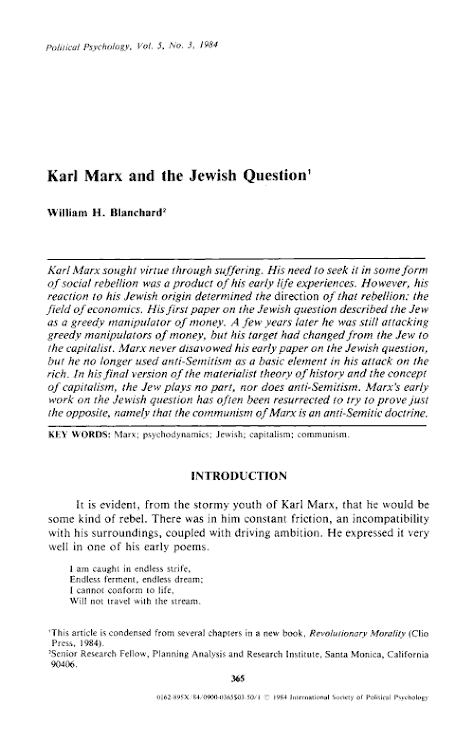




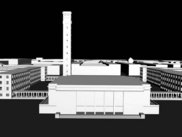






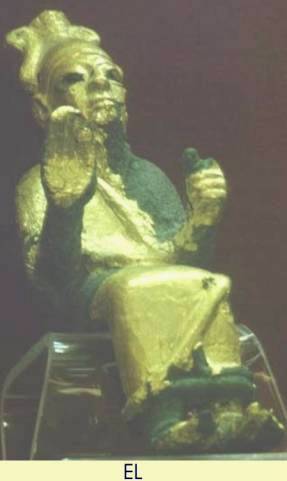






























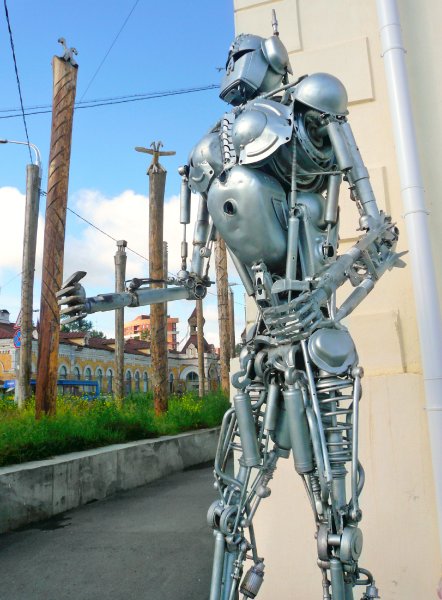


+Anniversay+Dinner.jpg)





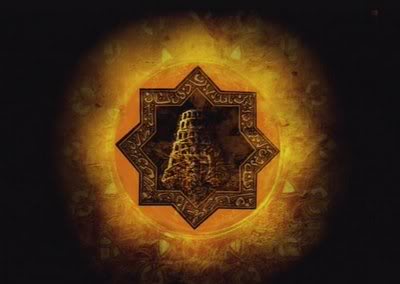









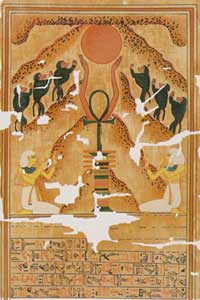








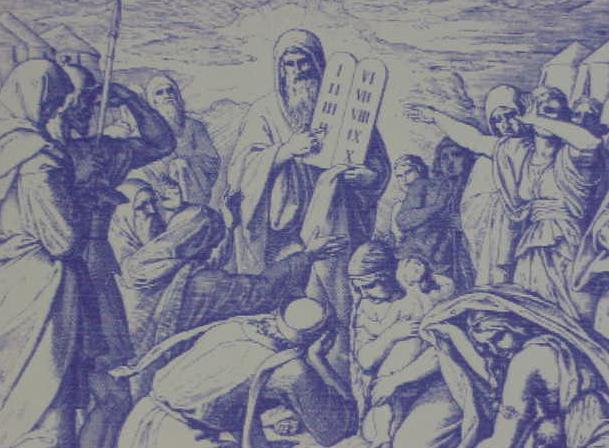
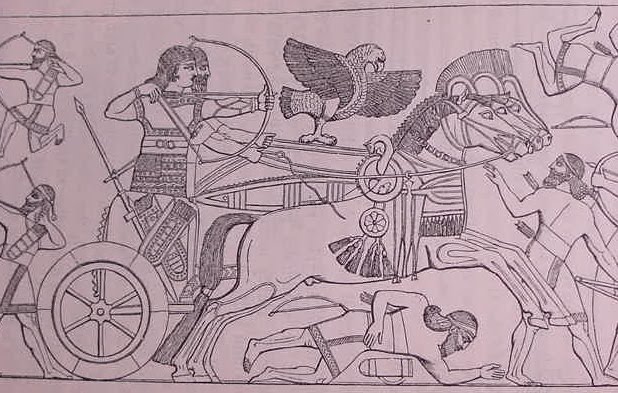



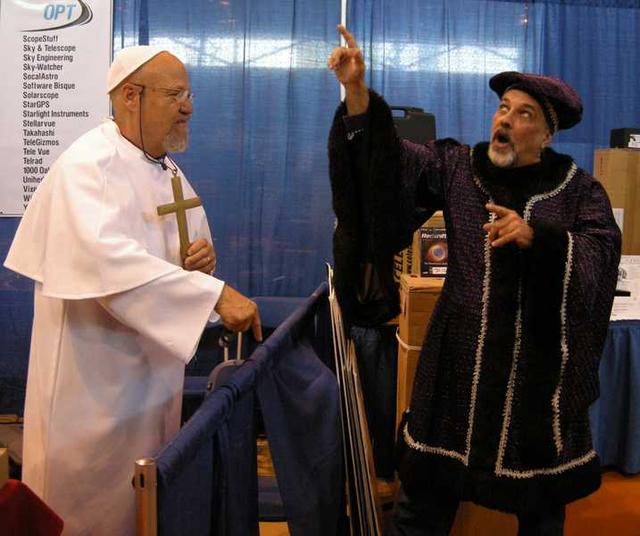




















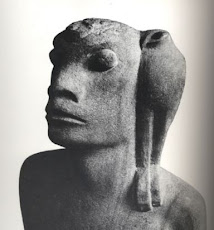












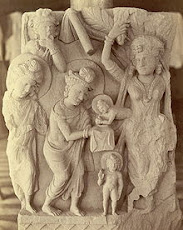






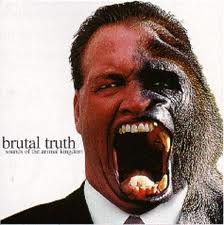


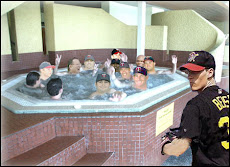






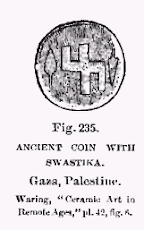



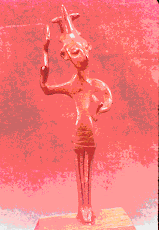






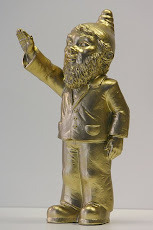










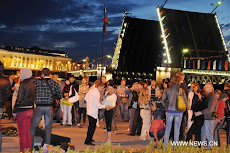

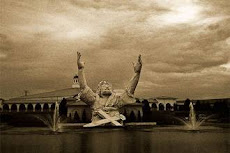














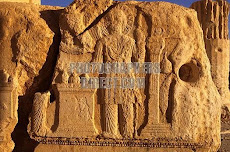


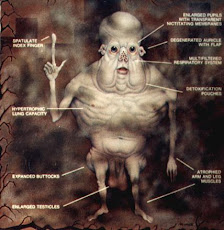






















No comments:
Post a Comment